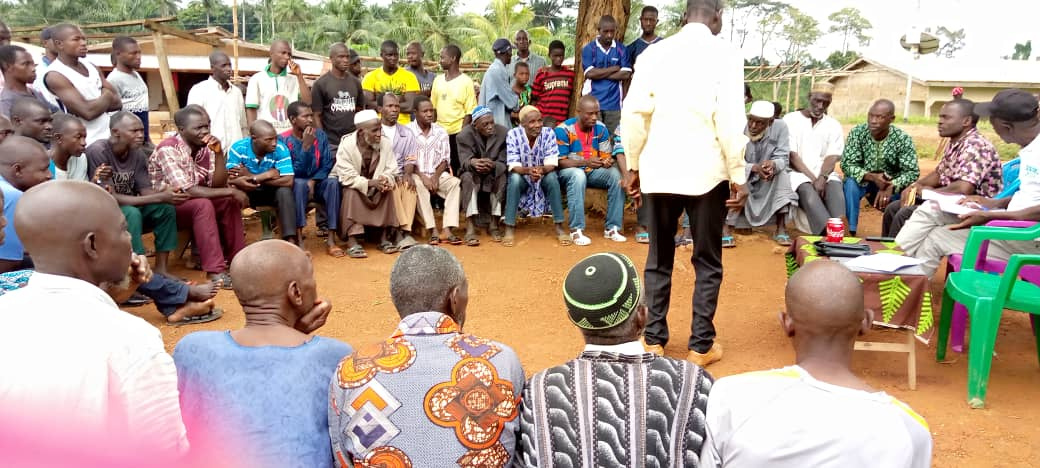Context
In 2022-2023, the Foundation launched its first international call for projects to support 3-year projects in biodiversity hotspots, those threatened ecosystems identified as critical areas for global biodiversity.
According to the Critical Ecosystem Partnership Fund (CEPF), there are 36 global biodiversity hotspots. To be identified as such, the ecosystem must contain at least 1,500 species of plants that are endemic to the geographical region concerned and cannot be found anywhere else on Earth (which makes them both special and vulnerable to extinction), and must have lost at least 70% of its primary vegetation. Overexploitation, pollution and the introduction of non-native species have greatly weakened these threatened ecosystems.
Mount Béro is one of these critical areas of global biodiversity. It is one of the most important classified forests of Guinea because of its biodiversity, but also because of its carbon sequestration capacity. However, political instability led to an increase in illegal deforestation between 2010 and 2015 and put Mount Bero under high pressure. The population took advantage of the political instability to enter the classified forest and cleared a large part of it. During this period, Mount Béro had the second highest percentage of tree cover loss in Guinea. Between 2000 and 2018, 10,907 km2 of tree cover was lost in Guinea, 364 km2 of this loss occurred in critical biodiversity habitat areas.
Supported Project
From 2022-2023, the Foundation is committed to supporting the BirdLife International and Guinée-Ecologie (BirdLife partner in Guinea) for three years for their project to restore the Mount Béro forest in the Republic of Guinea. This project aims to improve the management of natural resources by implementing environmentally friendly practices, introducing communities to regenerative agriculture and restoring the degraded forest to its full ecological functions.
As the Mount Bero forest is threatened by the conversion of forests into agricultural land for subsistence and cash crops, the project aims to build the capacity of the forestry centre to sensitise local communities to the value and importance of the forest, while strengthening their capacity for sustainable agriculture.
Another axis of this project involves the implementation of an awareness campaign aimed at the populations practicing illegal wood cutting in the protected areas, in order to remind them of the need to respect the law in this protected area of biodiversity and to involve them in the protection of the said area.
Finally, the support of local communities in the implementation of planning aims to establish a mechanism for sharing benefits and good sustainable practices in order to direct the use of resources towards a system that benefits all communities.
Some Figures
Budget 599,446 euros
Goal 100 preserved hectares
Goal 500 beneficiaries

Photo credits ©Birdlife